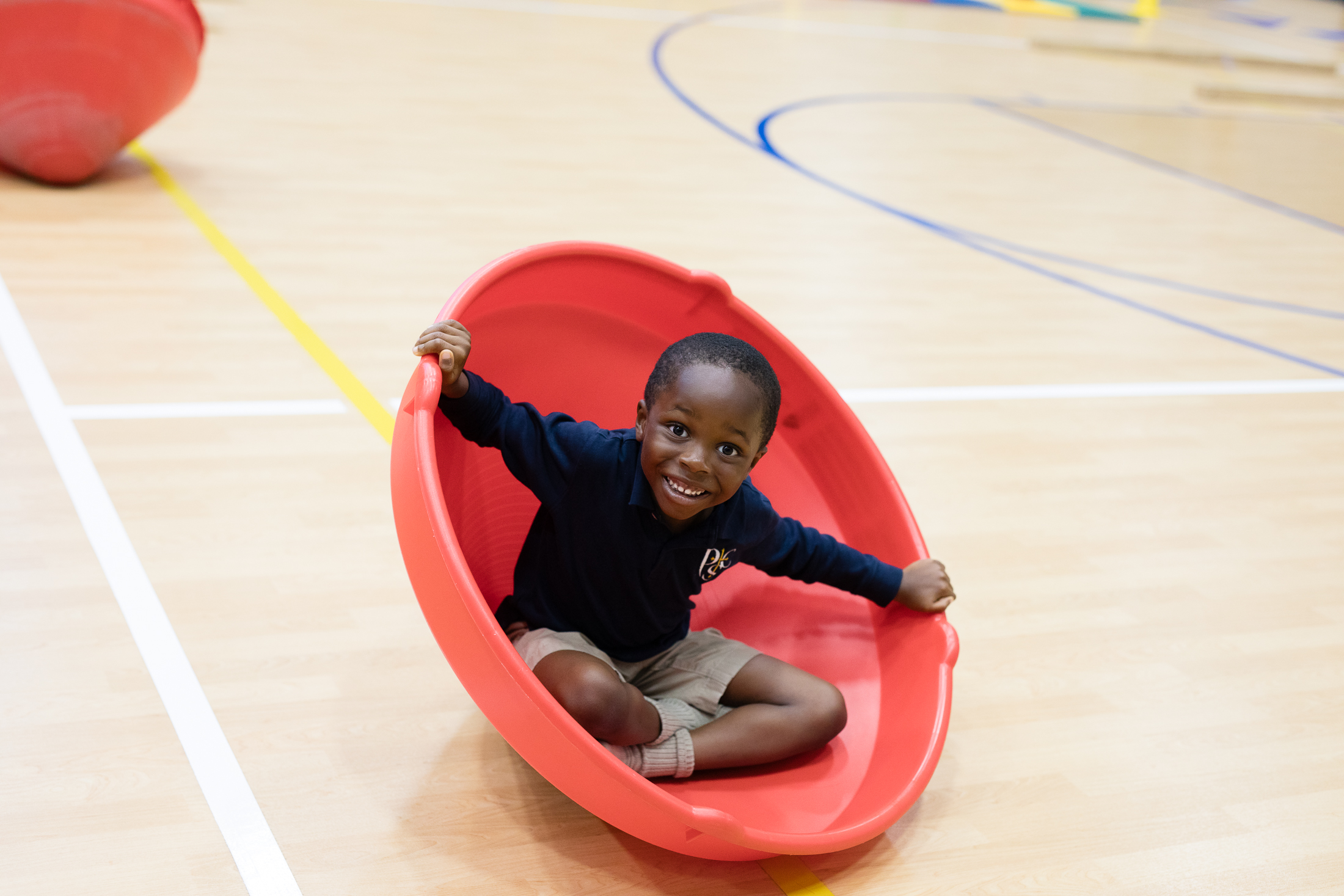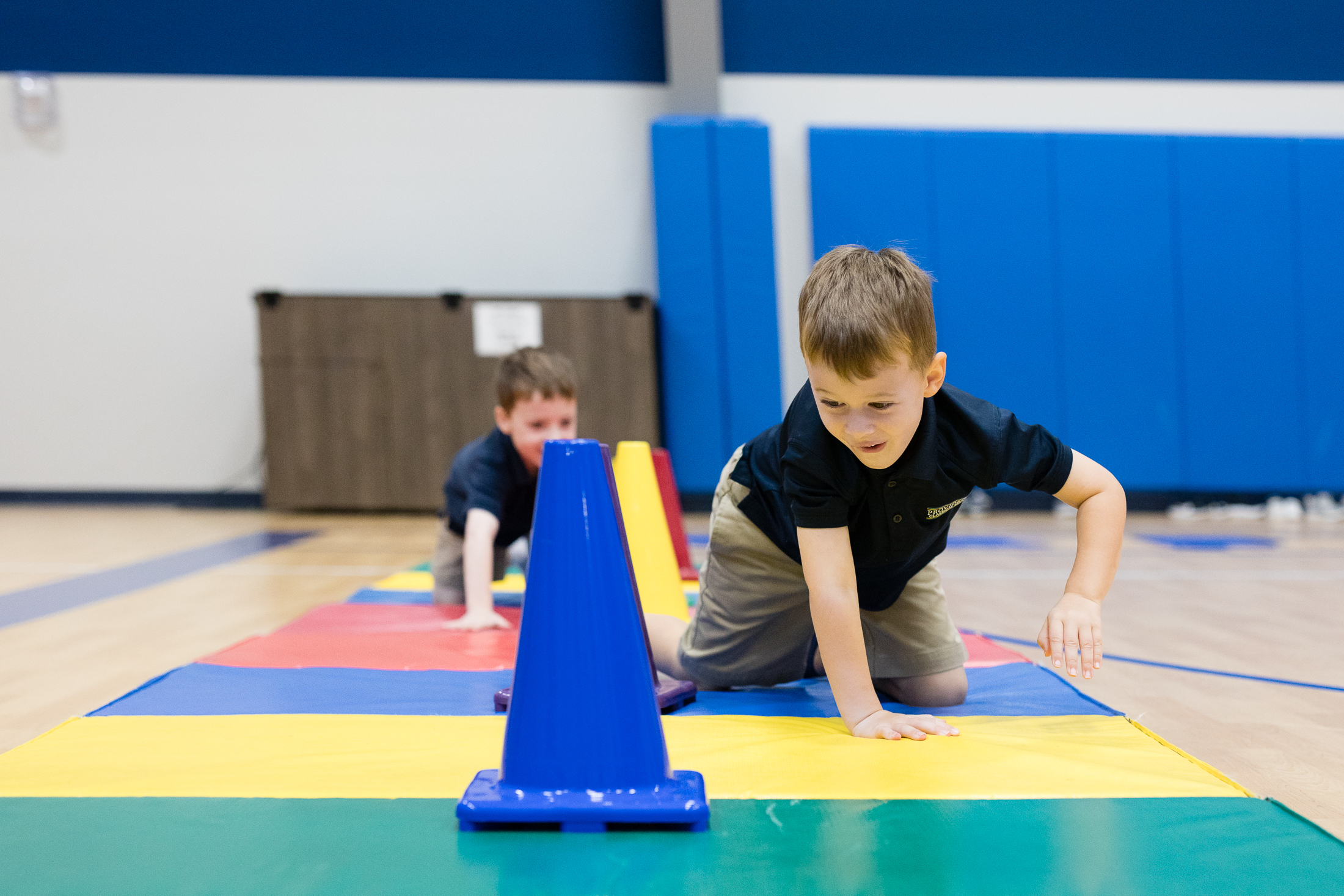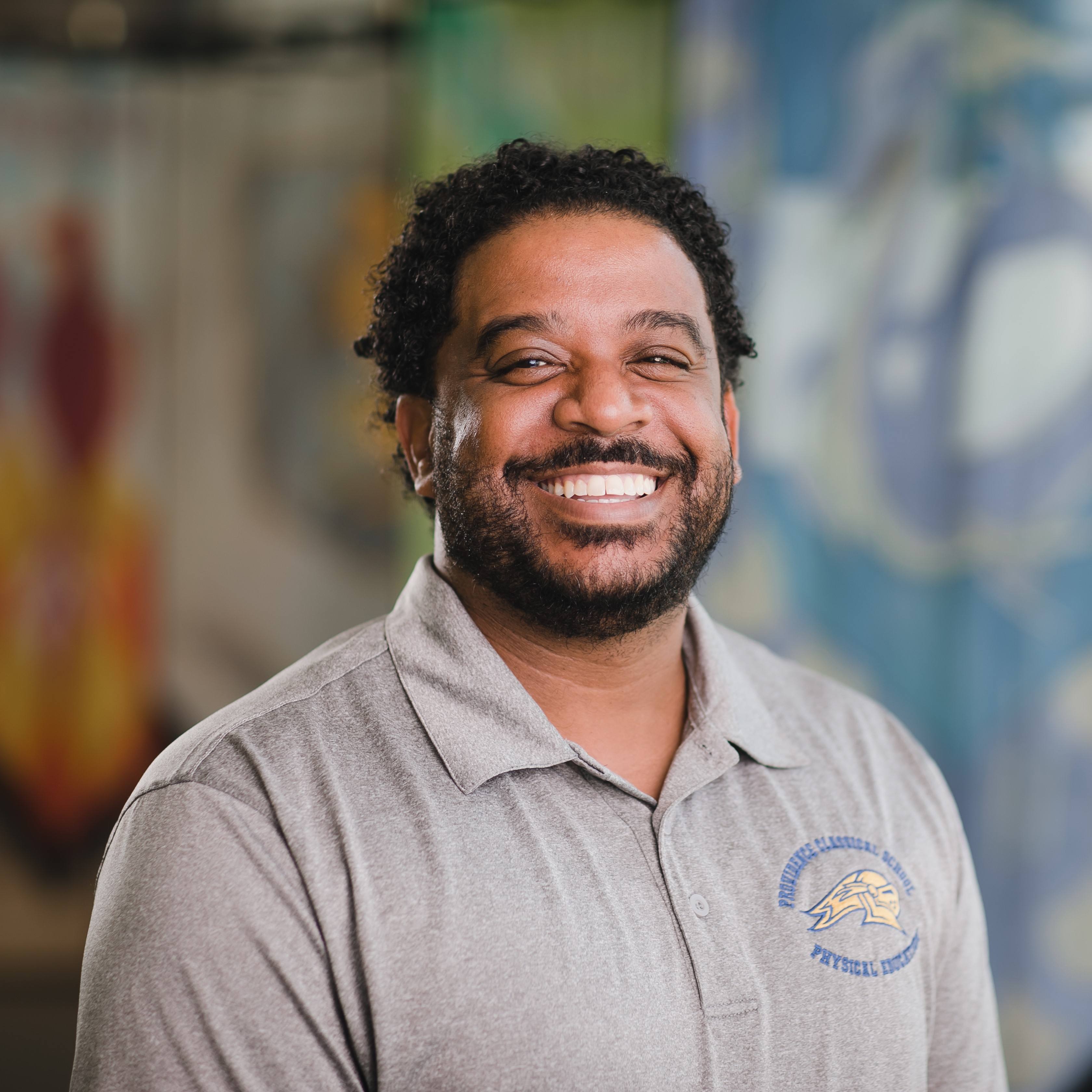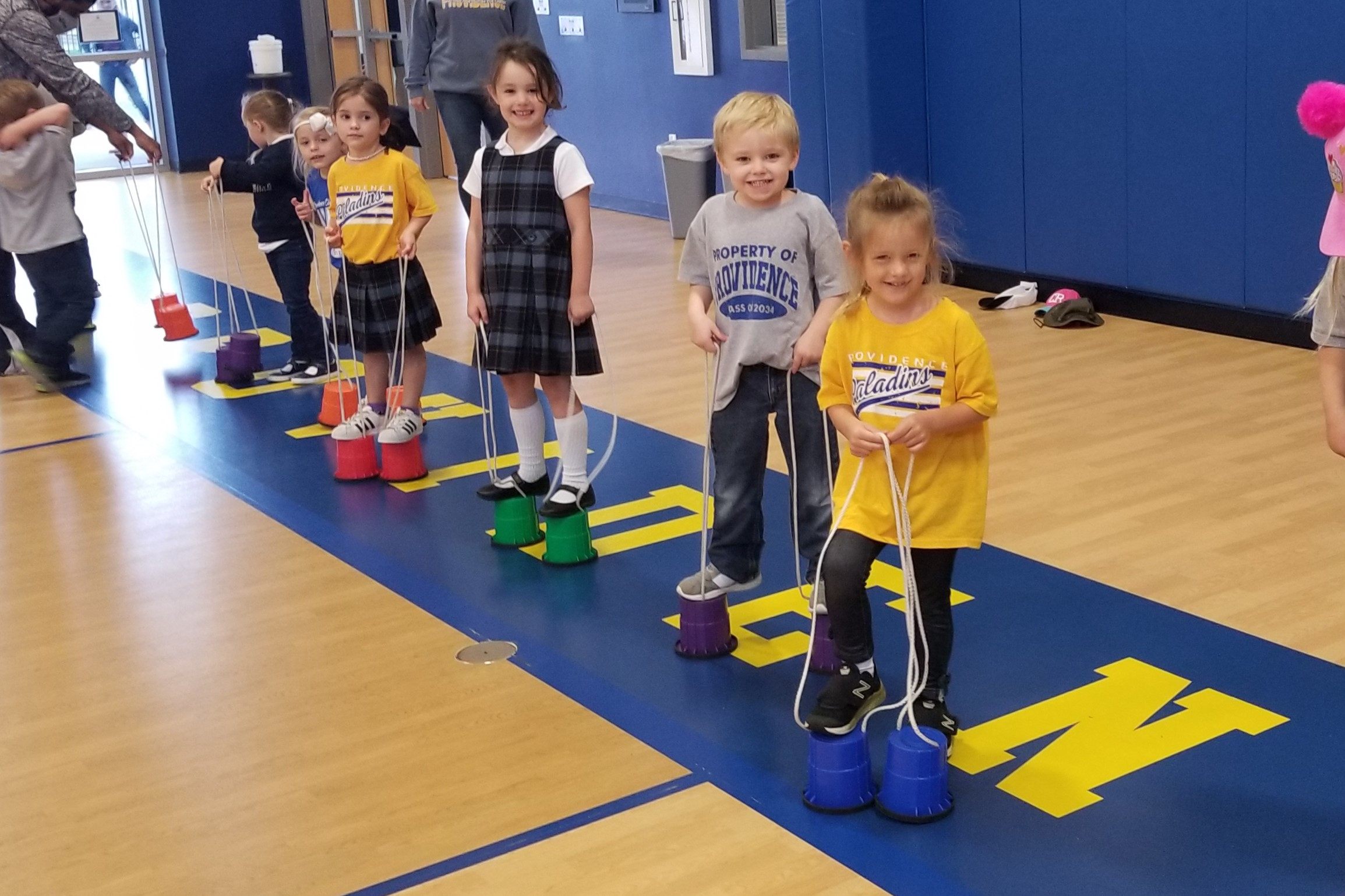Learning, Movement, and Play:
The Importance of Motor Time
with Coach Mark Blake
A growing body of evidence shows that kids today are finding it increasingly difficult to sit in a classroom and to attend to an age-appropriate lesson without an excess of movement. The number of children diagnosed annually with ADHD and sensory disorders is continuing to rise, and “fidget toys” account for more than 17% of daily toy sales. In addition, teachers report an alarming number of students falling out of their chairs on a regular basis. What’s going on with our kids?
Why are so many kids struggling to learn and to sit calmly in the classroom?
In her book, Ready Bodies, Learning Minds: A Key to Academic Success, physical therapist Athena Oden has this to say:
“Why do kids do all these things we ask them not to do?”
“How come they can’t just sit up straight?”
“Why do they hold their pencils like that?”
Parents and teachers alike ask these questions. The simple answer is, they are all displaying different stages of physiological and neurological development.
The foundation for these skills is based on reflexive development. Just as naturally as children learn these activities, they will learn how to refine other activities by seeing, hearing, feeling, and moving. The current brain research can help us understand how these patterns are processed, understood, retained, and used. There is, therefore, value in recognizing the developmental steps a child goes through. Attention to early development can be a first step in the prevention of school failure.

The Core of the Problem
Physical and occupational therapists and academic specialists “are beginning to see more learning challenges like sensory processing disorders (SPD), ADHD, autism, dysgraphia, and dyslexia because we are taking away play-based movement from our classrooms (and homes). More and more kids now have poor posture, deprived vestibular systems (balance and coordination), sensory overload, and above all, almost no core muscles. Sitting inactivates these muscles and makes them weaker or leads to developmental delays. Many researchers are now finding that children in mainstream schools have immature motor skills, which is directly related to educational achievement.”
According to a recent article from PennState:
Research shows a link between cognitive development and movement, meaning children need opportunities to move so they can learn. Rolling, crawling, skipping, and jumping, along with a variety of other movement activities, build the brain during the first years of a child’s life.
Children need to move to activate the brain. And the brain responds in full force allowing them to move in a variety of ways including crossing the mid-lines… These physical movements demand coordination from both the left and right sides of the brain. This strengthens the tissues called the corpus callosum that divides the two sides of the brain that is important for communication from one side of the brain to the other. These movements help to develop and strengthen neural pathways laying the foundation for further development in language, literacy, and math skills.
So how does Providence Classical School encourage sensory-motor development in students?
At PCS, our Pre-K and Kindergarten students participate in a program called Motor Time taught by our physical education teachers. Motor Time is a task-oriented training program designed to develop students’ sensory and motor systems. Students hop and jump over obstacles, balance on a beam, skip race across the gym, bounce balls in patterns, and play “Superman” on the floor to strengthen core muscles.
The tasks and games our students learn during Motor Time:
- Build children’s core muscles.
- Improve students’ ability to maneuver and function in their environment, leading them to better performances in tasks such as handwriting, sitting still, paying attention, speaking, and behavior.
- Stimulate children’s sensory systems.
- Increase students’ abilities to better control themselves and to accomplish tasks by making children aware of their environment and how their bodies move in space.
- Create a base for the skill building of physical education.

Goals for Motor Time at PCS
This year Coach Mark Blake, our Grammar School P.E. teacher and JV and Varsity Boys’ basketball coach, has had the opportunity to engage with our youngest Paladins on campus in a daily Motor Time. Hear what Coach Blake has to say about the goals he has set for his time with these students and what they are learning:
As the P.E. teacher and the Motor Time instructor for our youngest students, I have thoroughly enjoyed getting to know all of our young Paladins. They are full of energy and continue to amaze me with their love for learning all things here at school, and that includes the gross and fine motor skills we work on during daily Motor Time.
The goals I have established for our Pre-K and Kindergarten students help them develop the skills necessary for learning readiness, including but not limited to, improving the student’s abilities to maneuver and function in their environment leading them to improvements in handwriting, sitting in their chairs, paying attention, and speaking at appropriate times.
Motor Time also creates a base for the skill-building of physical education as students are better able to control themselves and their own movements. For example, in one activity this year, we engaged the mind and body by using balance beams, balance tubes, and walking steps, as we memorized and repeated certain patterns of “1-foot, 2-feet” hops with color-coded hula hoops. The students learned which hand is the right hand, left hand, right foot, and left foot all while working on the locomotor skills of walking, running, hopping, skipping, jumping, leaping, sliding, galloping, and dodging.
In addition, both our Kindergarten and Pre-K classes have independent play built into their day, which strengthens students’ core muscles. Our teachers incorporate fine-motor and gross-motor activities in the classroom as they work purposefully to form habits for a lifetime of learning.
As we desire to partner with you to bring up your children in the training and instruction of the Lord, may we marvel at what God is doing in the minds and bodies of our youngest students on campus. As someone who loves the Lord, loves his subject, and loves children, I desire to see all students achieve all that they can to glorify God in their learning, movement, and play!

About Mark Blake:
Mark Blake is in his fourth year coaching High School Boys Basketball and his third year teaching Grammar School P.E. at Providence Classical School. Coach Blake earned his BBA in business management from Texas Southern University. After working in the energy oil and gas sector, he started his own company, Master Hoops Elite AAU, training kids in 3rd -12th grades to achieve their goal of playing basketball at the next level. Mark and his wife, Kathy, have 2 girls and a boy. Their daughter, Akiya, is in 11th grade at PCS, their son, Chastyn, is in 4th grade, and their oldest daughter Kaija attends SFA.
For more information on how Providence Classical School can help you shepherd the heart, mind, and body of your child, watch our most recent video and schedule a tour with our Admissions Director today!
Read more about classical Christian education at PCS!








